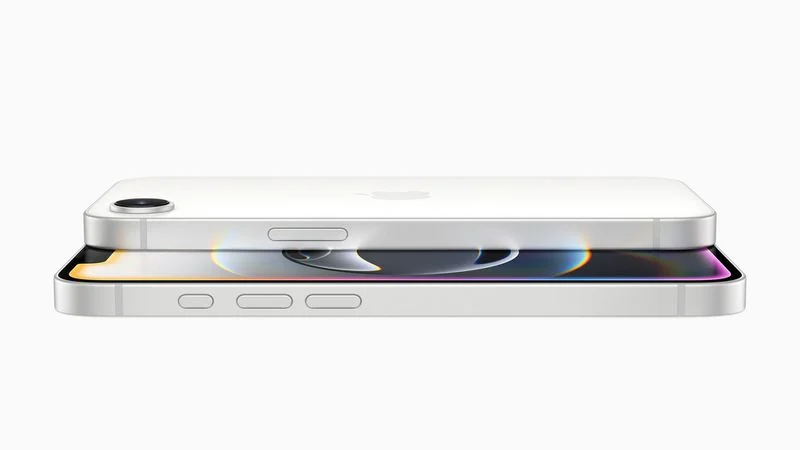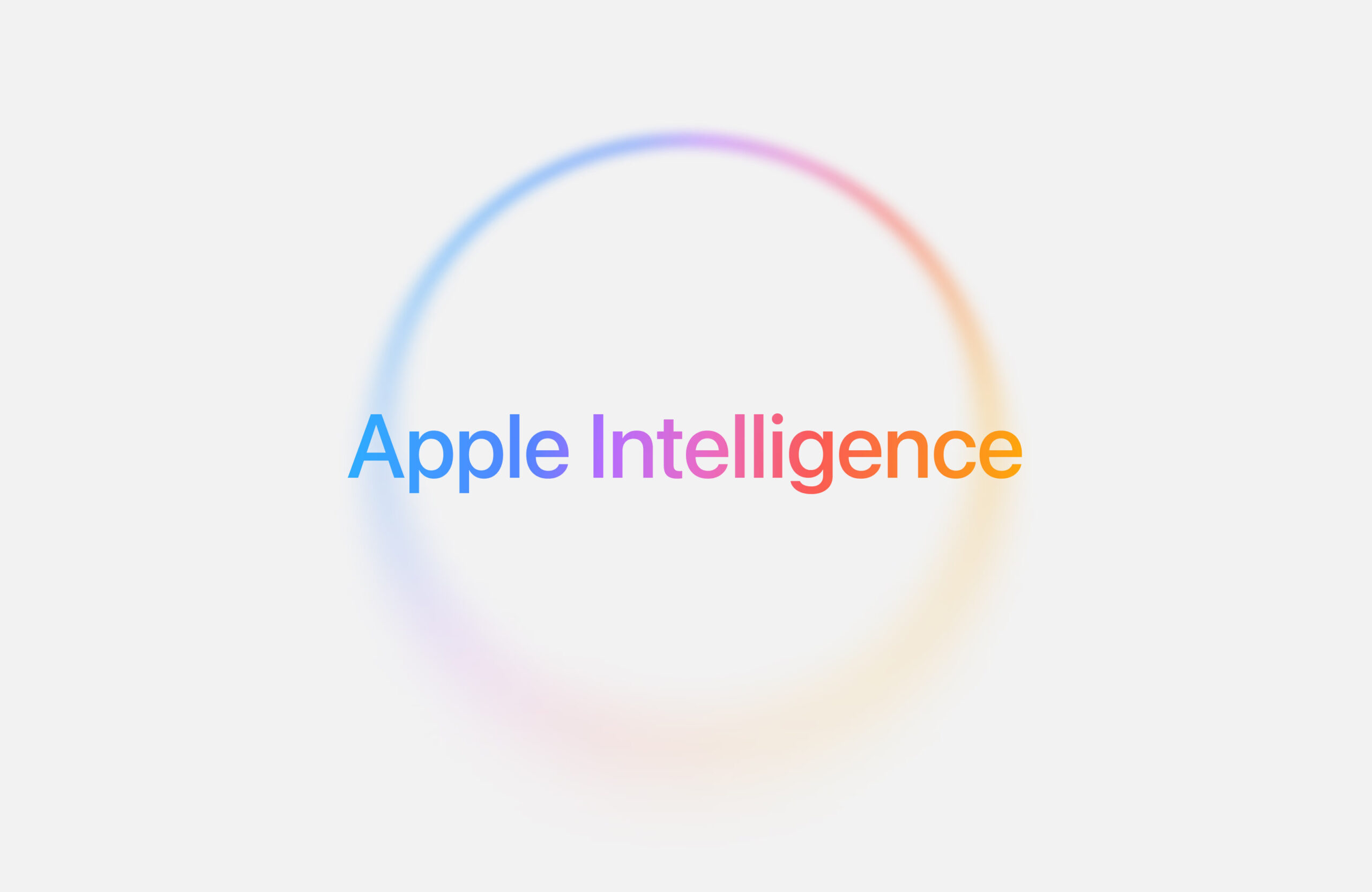Apple kicked off the iPhone 16e launch with a bunch of fresh video ads on release day, March 01, 2025. They dropped six short clips and one main ad, all pushing a clear idea: this phone is perfect for everyday folks. The videos spotlight cool features and perks, making it a top pick for regular users.
What’s Special About the iPhone 16e?
The ads zoom in on a few standout points:
- Toughness: Apple says people drop their phones about 208 times a year, so this one’s built to last.
- Battery Power: It’s the longest-lasting battery ever in an iPhone this size.
- Camera Magic: One ad claims its single camera does so much that you might not need more.
- Smart Tools: Two clips show off Apple Intelligence tricks like Genmoji and Clean Up.
- Ready for Tomorrow: A fun ad with a guy and his older self calls it “future-ready.”
There’s also the big “Meet iPhone 16e” video, featuring a quirky blue inflatable figure dancing with the phone. It’s odd, but it grabs attention! These ads nail what most people want in a phone. The iPhone 16e feels like a smart choice for anyone planning to stick with one device for years.
Inside the iPhone 16e
A YouTube channel, REWA Technology, posted a teardown video today, giving us a peek inside. Apple’s launch video mentioned a new layout that fits a bigger battery. The iPhone 16e packs a 4,005 mAh battery, 12% more than the iPhone 16’s 3,561 mAh. In simpler terms, it’s 15.55 watt-hours versus 13.83 watt-hours for the iPhone 16.
This battery also has a handy trick: special glue that loosens with a low zap from a 9V battery or USB-C charger. This started with last year’s iPhone 16 models and might spread to the iPhone 17 Pro soon. The teardown also shows the A18 chip and Apple’s own C1 modem, though repairs could be trickier this time. Plus, there’s no MagSafe for wireless charging. The iPhone 16e hit stores today after pre-orders, ready for anyone to grab at Apple locations. It’s a solid, user-friendly phone with a lot to offer!




